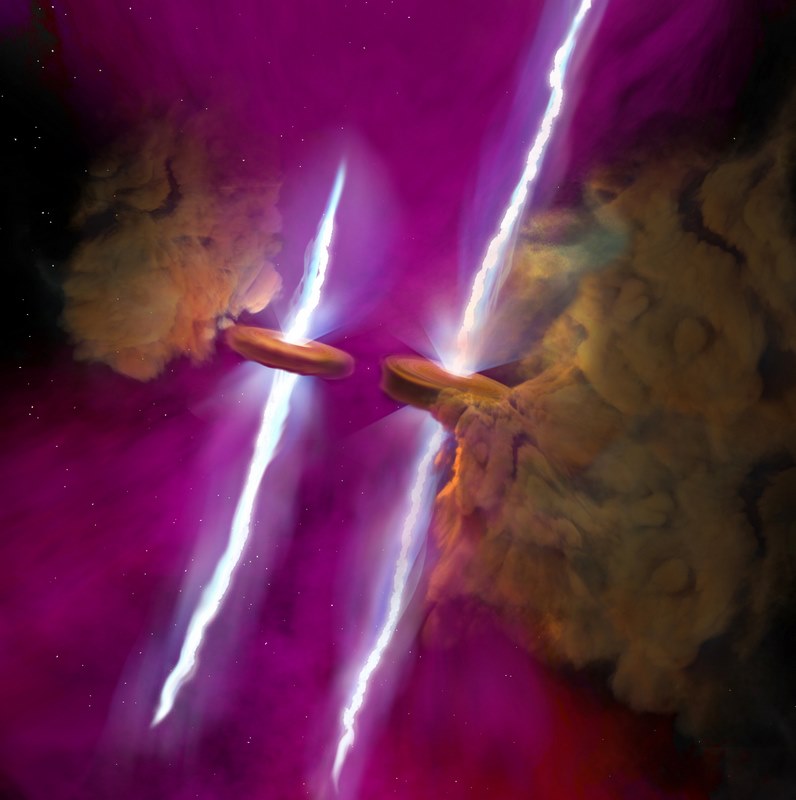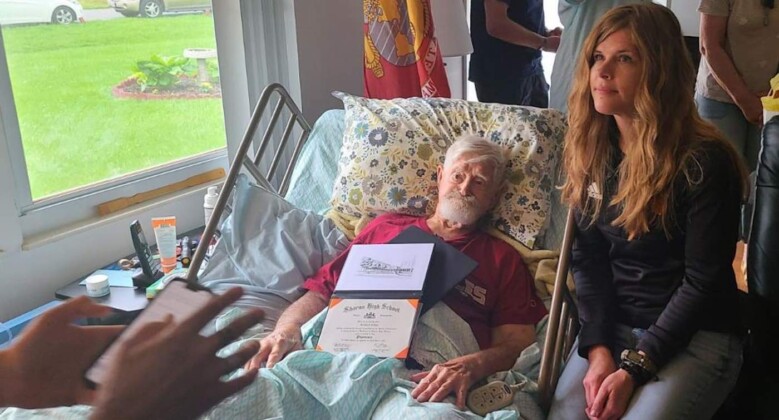Astronomers Find Strange Disks
Astronomers recently discovered two young stars in the WL20 star system, located in the rho Ophiuchi molecular cloud complex, over 400 light years away. Using the Atacama Large Millimeter/submillimeter Array (ALMA) and the James Webb Space Telescope’s (JWST) Mid-Infrared Instrument (MIRI), they observed two separate disks with jets erupting from each star in this binary system. This discovery was unexpected due to the stars’ age, size, and chemical composition, and it occurred in a well-studied part of the Universe.
Most of the Universe is invisible to the human eye, but ALMA and MIRI can observe different parts of the electromagnetic spectrum, revealing details hidden in radio and infrared wavelengths. This dual observation approach allowed astronomers to identify these twin stars.
Astronomer Mary Barsony explained that one star in WL20 appeared much younger than the rest, but further observations showed it was actually two stars close together, each surrounded by a disk and emitting parallel jets. ALMA identified the disks, and MIRI detected the jets. Co-author Valentin J.M. Le Gouellec of NASA analyzed ALMA data to determine the disks’ composition, while Lukasz Tychoniec of Leiden Observatory provided high-resolution images, showing the disks were about 100 times the distance between Earth and the Sun.
Michael Ressler from JPL highlighted the serendipity of the discovery. While initially studying binaries in a different region, he decided to include WL20 in his JWST observing time, leading to this significant find.
This multi-wavelength data combination from ALMA and JWST offers new insights into the formation processes of multiple star systems.




